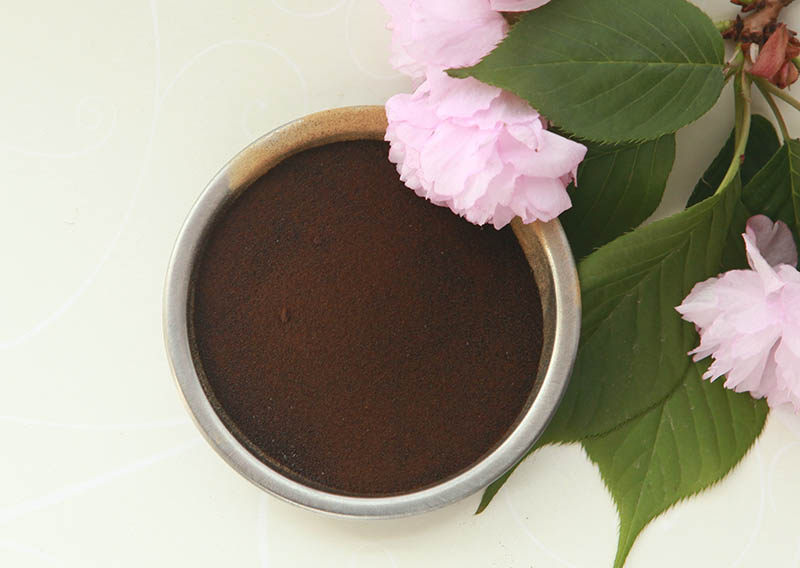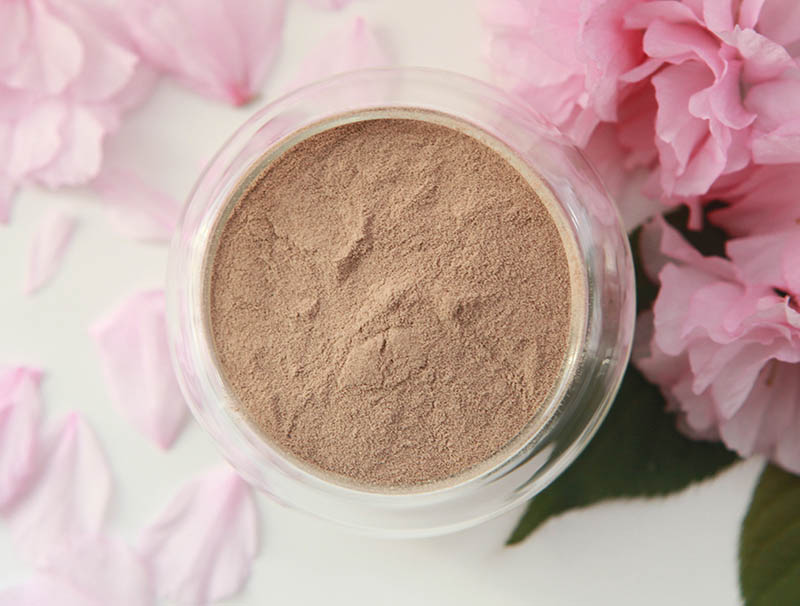1. Strictly control the amount of chloride ions added:
The chloride salts introduced in the admixture will cause great harm to the volume stability and durability of concrete. It is mainly manifested in the following three aspects.
A. The corrosion medium mainly composed of chloride ions intruding into concrete will reduce the alkalinity of concrete, destroy the passivation film on the surface of the steel bar, and there will be a large potential difference at different parts of the steel bar surface, resulting in electrochemical reactions and forming anodes and cathodes.
B. The crystal particles precipitated by the repeated deliquescence and crystallization of chloride salts in concrete are coarse and expand in volume, which makes the concrete crack and reduce durability.
C. The aggregation of melting is generally believed that in ordinary reinforced concrete, the chloride salt content does not exceed 0.5%, which will not necessarily cause rust. However, the effect of sodium chloride on lowering the freezing point of the solution will cause the chloride ion content in the unfrozen solution to become higher and higher when the concrete gradually freezes from the outside to the inside, that is, the chloride ion concentration of the remaining solution will be greater than 0.5%, causing local rust. Therefore, in actual production, although the chloride salt content is small, it may form a higher concentration locally and cause rust. Moreover, sodium chloride, unlike calcium chloride, does not enter the molecular structure of the hydration product, but exists in the voids in a free state, which is easy to absorb moisture and cause the shrinkage of the hardened concrete to increase, which is also unfavorable to durability.
2. The influence of alkali content in cement on admixtures:
The high alkali content in cement reduces the effect of water reducer. The setting time is shortened and the early strength is improved. Too high or too low alkali content in cement has an adverse effect on the compatibility of high-efficiency water reducer-cement. This may be because it changes the solubility of gypsum, thereby affecting the hydration of C3A. The optimal soluble alkali content is 0.4% to 0.6% (equivalent Na2O). When the compatibility of admixtures and cement is seriously poor, it should be considered to add part of aminosulfonate water reducer to replace naphthalene water reducer (or use polycarboxylic acid system) in compounding, and appropriately increase the total amount of water reducing components to improve the adaptability of the product.

3. Cement fineness and freshness:
The finer the cement fineness, the larger the specific surface area, and the larger the surface area of cement particles that the admixture product needs to act on. Fresh cement has high surface activity and strong adsorption effect on admixture products.
4. Types and addition amount of grinding aids:
In order to increase the output of the mill and the fineness of the grinding, cement plants usually add a certain amount of grinding aids during the cement grinding process. However, the type and addition amount of grinding aids will have a great impact on the adaptability of the admixture. For example, triethanolamine, which is commonly used in grinding aids, has a certain early strength effect on concrete at a low dosage, and will have a more obvious retarding effect when the dosage exceeds 40,000. This effect will be more obvious when the admixture products used in winter generally contain sodium chloride or sodium nitrite. Therefore, the influence of grinding aids should be fully considered in the selection or compounding of admixtures.

5. The influence of admixtures and admixture amount:
As for the adsorption amount of materials, generally speaking, coal gangue>fly ash>slag, and the adaptability of cement mixed with slag is better than that of cement mixed with coal gangue. Generally speaking, volcanic ash mixtures have a large specific surface area, so the adsorption capacity is large. Fly ash varies greatly with different grades. For example, the first-grade ash is fine, microscopically spherical, has a low carbon content, and has low adsorption to admixtures. It can also play a good role in improving the working performance in concrete. However, fly ash with high ignition loss has a high carbon content and the silicon-oxygen tetrahedral structure of carbon determines that it has a large adsorption capacity, so it has poor adaptability to admixtures. Similarly, the mineral powder used as an admixture will also have a great impact on the adaptability of the admixture depending on its quality.
Post time: Mar-04-2025






